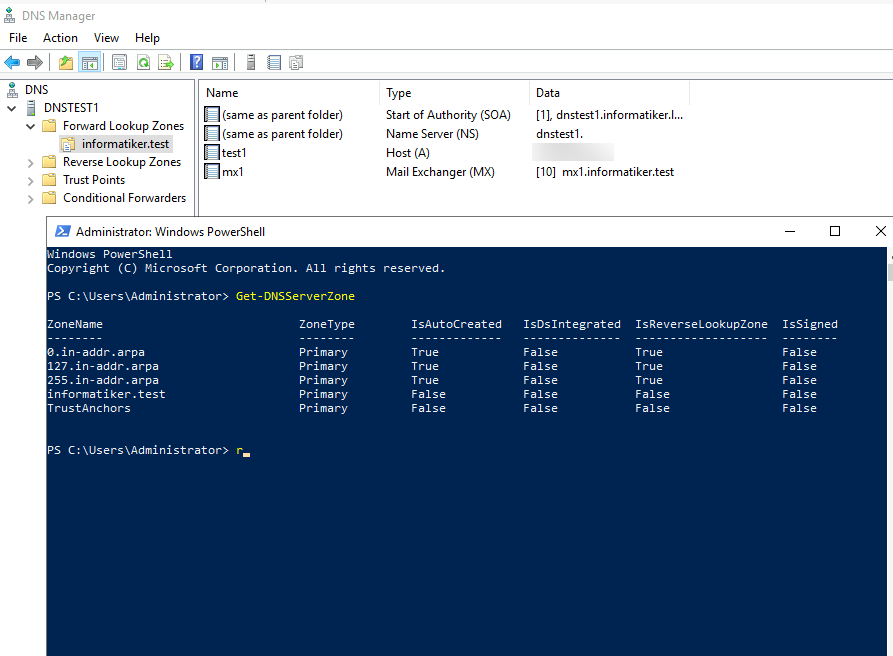


It also contains information such as Record type, Class, Timestamp, and Time-to-Live.Ī brief description of some of these fields: The DNS resource record is configured at the DNS server, but understanding its contents is critical for troubleshooting DNS.Īs you can see below in the DNS query response packet capture from the packet sniffer Wireshark, DNS provides more than just the IP to DNS mapping. A DNS zone file is a simple text file with all the details of the DNS resource records. Below is the DNS hierarchical tree.ĭNS Zone Files and Resource Record Types.Īll the DNS mappings between domain names and IP addresses are contained within a DNS zone file. These root DNS servers have the DNS resources for the TLD nameserver, which in turn have information for the authoritative nameserver for that domain. If the recursive server is unable to find the DNS record in its cache, it will forward the query to the highest level of the DNS hierarchy, the root DNS.The recursive DNS takes the name query and checks its local records obtained from authoritative DNS servers. The information for this server can be given via DHCP by local ISP or from the network, or by manually entering a public DNS server or local DNS server. This first DNS query goes to the Recursive DNS server, which is usually geographically closer to where the DNS query was originated.The query would be something like, “What is the IP address of the Fully Qualified Domain Name (FQDN) ?” If the domain name (or hostname) is not found on the internal cache, the computer’s DNS service will send a query to the local DNS server (or a Recursive DNS resolver).Applications such as webpages and Operating Systems have an internal DNS cache that is used to store DNS records information. The name of the webpage or service is initially looked on the computer’s internal cache.Your computer will likely don’t know where the server is located, so it initiates a DNS lookup. The whole DNS lookup process is triggered, once you input a domain name such as, or use an application that uses a name, it could be anything from web browsers, email, Active Directory, databases, P2P, multiplayer games, and more. The DNS Servers distributed across the Internet keep a directory of these names and translate them to their respective IP address. Without it, people would have to remember the IP addresses of all the websites and services they frequent.ĭNS solves this issue, as it provides a system for recording and looking up names, much like a phonebook. Without DNS, the Internet wouldn’t be as user-friendly as it is.


This knowledge will help you identify and solve DNS problems much faster.ĭNS (Domain Name System) is probably one of the most important components on the Internet.
HOW TO GRANT PERMISSION TO ONE ZONE NO DNS SERVER HOW TO
In this post, you are going to learn how to use NSlookup to Check DNS Records and also to troubleshoot DNS issues.īefore jumping into Nslookup examples, it is critical to understand how DNS works. With this tool, you can determine the name to IP address mappings, the mail server IP, the authoritative DNS server, and more. The easiest and most efficient way to test and troubleshoot DNS is with the command-line utility, known as, Nslookup. Maybe you need to test whether the updates on the DNS configuration took effect, or you could also be attempting to troubleshoot a problem related to access to a specific server. There are many different good reasons why you would need to check DNS resource records.


 0 kommentar(er)
0 kommentar(er)
